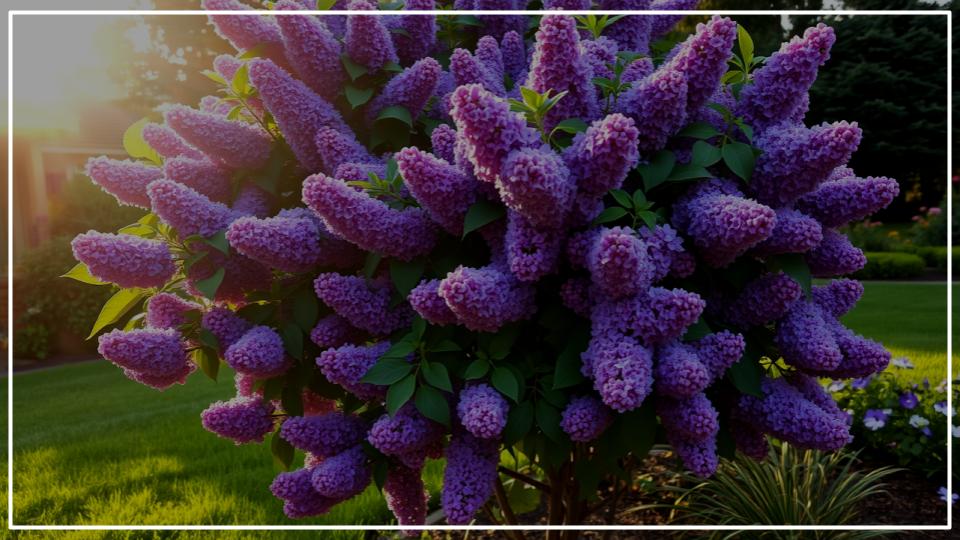
The long, sun-drenched days of early summer have a way of calling us into the garden, tools in hand. With the flush of spring growth, it’s tempting to want to neaten every edge and shape every plant into perfect form. But I urge you, take a pause and step away from your shears. Some of the most common and beloved plants in our landscapes are quietly doing important work right now, and a hasty snip could erase an entire season of beauty. This is the critical time to identify the shrubs you shouldn’t prune.
Understanding the natural rhythm of your plants is the key to a truly magnificent garden. In this guide, we’ll walk through six stunning shrubs that are currently setting their flower buds for next year’s display. We’ll explore why timing is everything and how a little patience now will reward you with a breathtaking explosion of color come spring.
Quick Guide: The Pruning Pause
Here’s what you need to know about pruning spring-blooming shrubs:
- The Golden Rule: If a shrub flowers in the spring, prune it immediately after the blooms fade.
- Why Wait? These plants bloom on “old wood”—growth from the previous year. Pruning them in summer or fall removes next year’s flower buds.
- What About Summer Bloomers? Shrubs that flower in summer (like hydrangeas and potentilla) bloom on “new wood” from the current season. They are typically pruned in late winter or early spring.
- The Three D’s: No matter the season, it is almost always safe to remove any wood that is Dead, Damaged, or Diseased.
The Gardener’s Most Important Lesson: Pruning on Old Wood vs. New Wood
Before we dive into our list of plants, let’s talk about the single most important principle of pruning: knowing whether your shrub blooms on old wood or new wood. It’s a simple concept that, once understood, unlocks the secret to abundant flowers year after year.
Shrubs that bloom on old wood form their flower buds on the stems produced during the previous growing season. These buds develop during the summer and fall, lie dormant through winter, and then burst into bloom the following spring. Our list of spring-flowering shrubs falls squarely into this category. If you prune them in summer, you are unknowingly cutting off all the nascent buds for next year’s show. This is one of the most common pruning mistakes I see, and it’s a heartbreaking one when a gardener wonders why their prized lilac failed to bloom.
Conversely, shrubs that bloom on new wood produce their flowers on the growth that emerges in the current season. These are typically your summer-flowering plants. Pruning them in late winter or early spring actually encourages vigorous new growth, which in turn leads to more flowers.
So, how do you know which is which? The easiest way is to observe when to prune shrubs: if it flowers before the end of June, it likely blooms on old wood.
1. Lilac (Syringa)
The intoxicating fragrance of lilac is the very essence of late spring. These hardy, nostalgic shrubs are fixtures in gardens for good reason, producing trusses of purple, white, or pink flowers that are simply divine.
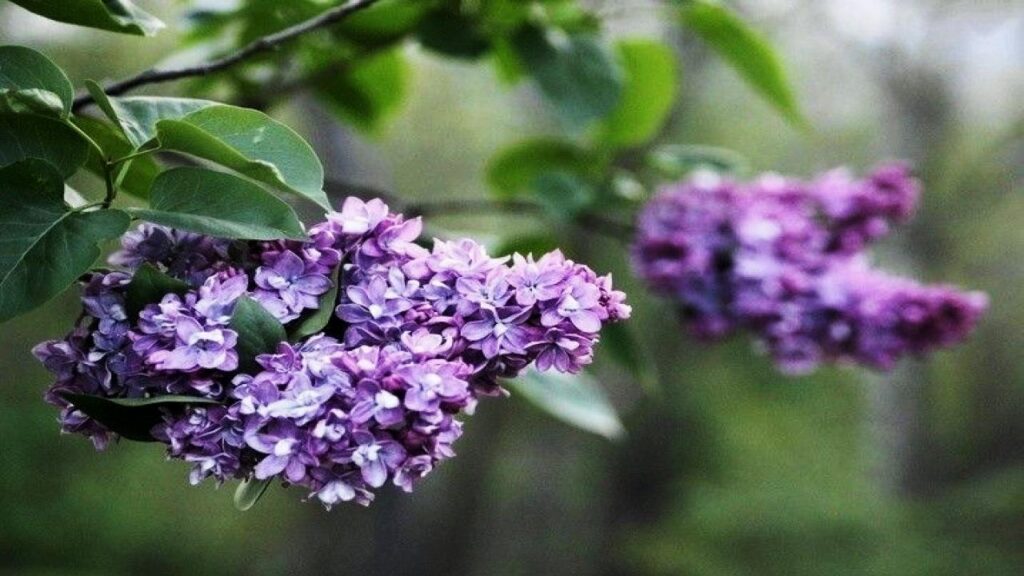
After their glorious, but all-too-brief, floral show, lilacs get to work. Throughout the summer, they channel their energy into forming the buds that will become next spring’s blossoms. Cutting back a lilac bush now is a surefire way to have a flowerless plant next May.
- When to Prune: The ideal time is right after the last flower has faded, typically within a month of the bloom period ending. In my own garden, I make it a late June ritual.
- How to Prune: Your primary goal is to snip off the spent flower heads before they form seeds. This redirects the plant’s energy into bud formation. According to the experts at the University of New Hampshire Extension, you can also take this opportunity to improve air circulation by thinning out a few of the oldest, thickest canes at the base of the plant. This rejuvenation encourages new, productive shoots to grow.
2. Forsythia (Forsythia x intermedia)
Forsythia is the explosive burst of sunshine that heralds the true arrival of spring. Its arching branches become completely laden with brilliant yellow flowers long before its leaves even appear. This early bloom is your biggest clue about its pruning needs.
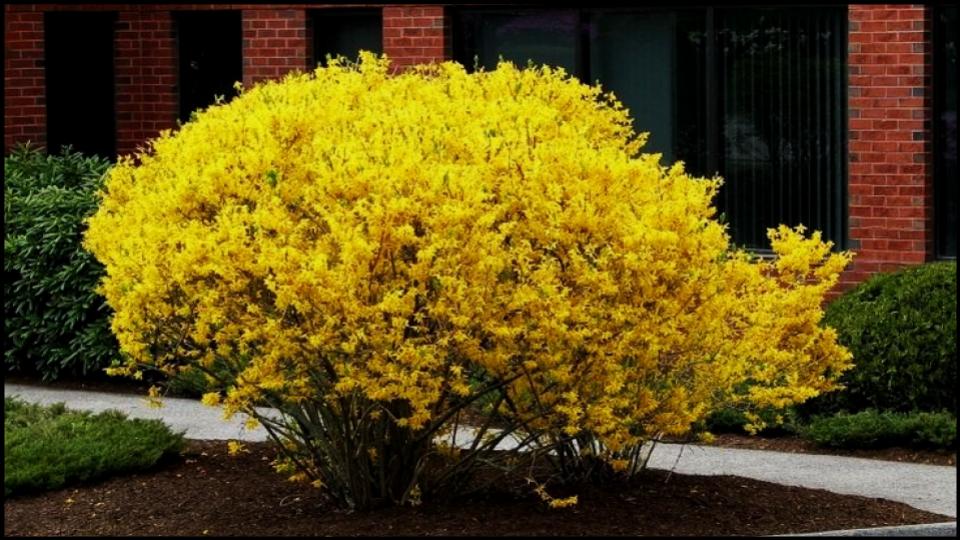
Because it flowers on wood grown last year, all of its potential for next spring’s display is held in the branches you see right now. Reshaping or shearing a forsythia in the summer will dramatically reduce that iconic yellow fountain next year. I’ve often seen forsythia that only blooms near the bottom—a classic sign of being sheared flat in the summer, which removes all the flower buds from the top two-thirds of the plant.
- When to Prune: Wait until the floral display is completely finished.
- How to Prune: Forsythia responds well to a renewal pruning approach. After flowering, use loppers or a pruning saw to cut about one-third of the oldest, thickest stems right down to the ground. This encourages new canes to grow from the base, keeping the shrub vigorous and full of flowers for years to come, a method supported by horticulturalists at the Missouri Botanical Garden.
3. Rhododendron and Azalea (Rhododendron)
These queens of the shade garden offer spectacular, often vibrant, blooms in spring. Whether you have a large-leafed rhododendron or a delicate azalea, the same rule applies: put the pruners away after the flower show is over.
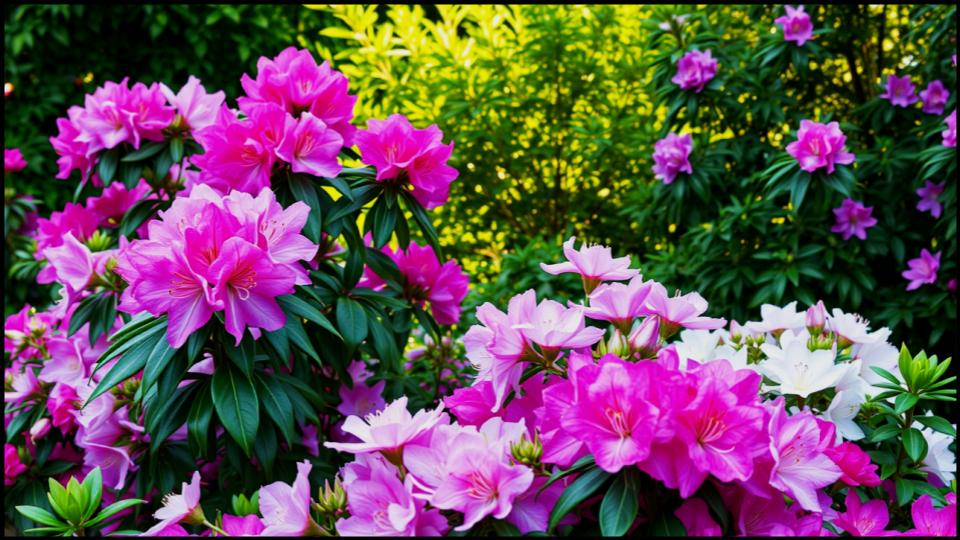
Immediately after their petals drop, rhododendrons begin the subtle work of creating next year’s large, scaly flower buds. You can often spot them by late summer at the tips of the branches. Pruning at any point from mid-summer through the following winter will sacrifice your spring color.
- When to Prune: The window is short and sweet—prune immediately after flowering is complete.
- How to Prune: For rhododendrons, the main task is deadheading, which involves snapping off the spent flower trusses at their base. Be careful not to damage the new, leafy growth emerging just below the old flower. If you need to control the size, trace the branch you want to shorten back to a whorl of leaves and make your cut just above it.
4. Mock Orange (Philadelphus coronarius)
If you love a fragrant garden, the mock orange is a must-have. In late spring, it’s covered in pure white blossoms that release a sweet, citrusy scent reminiscent of orange groves. These flowers are produced on stems that grew the previous year.
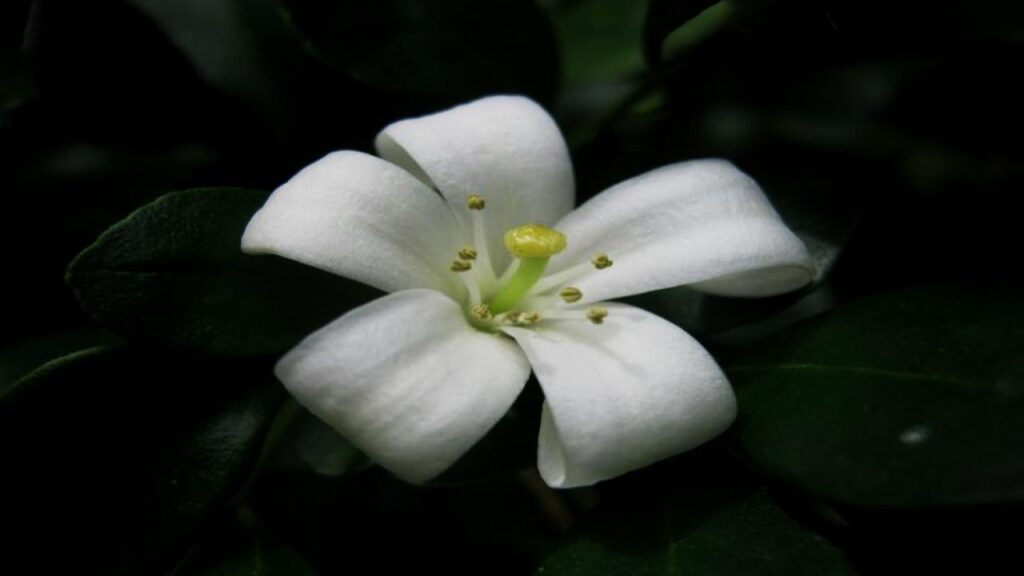
Once the fragrant blooms fade, it’s tempting to tidy up this sometimes-gangly shrub. But resist! The plant is already preparing for its next performance. Pruning now would remove the very wood destined to carry those heavenly scented flowers next year.
- When to Prune: As with our other spring-flowering shrubs, tackle any pruning within a few weeks of the last petal falling.
- How to Prune: Mock orange benefits from having older, less productive canes removed. After flowering, select a few of the oldest stems (they will be thicker and woodier) and cut them back to the ground. This allows light and air into the center of the shrub and promotes fresh, flower-producing growth.
5. Weigela (Weigela florida)
With its lovely, trumpet-shaped flowers in shades of pink, red, or white, weigela is a favorite for attracting hummingbirds. The most dramatic flush of flowers appears in late spring on the branches that grew last summer.
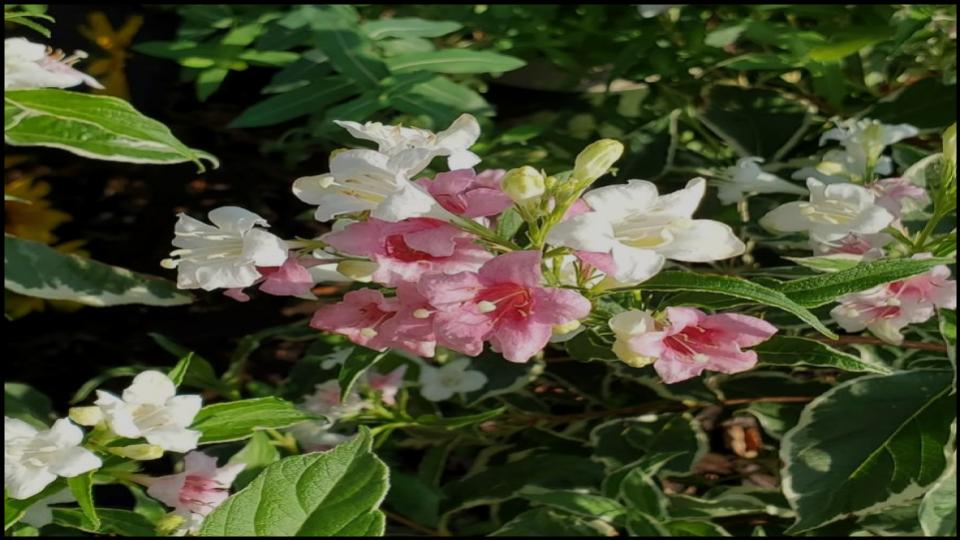
While some modern varieties may rebloom sporadically on new growth, the main, magnificent show is always on old wood. A summer shearing will, at best, leave you with a few scattered flowers instead of a shrub smothered in blooms. My go-to variety is ‘Wine & Roses’ for its stunning dark foliage, and I’m always careful to let it be after its first big bloom.
- When to Prune: Prune right after the main spring flowering period concludes.
- How to Prune: Focus on thinning out the oldest canes and trimming stems to encourage a graceful, arching shape. Cut back flowered shoots to a strong, lower lateral shoot. Avoid cutting everything back to a uniform height, which can destroy the plant’s natural form.
6. Deutzia (Deutzia)
Often overlooked, deutzia is a graceful, elegant shrub that deserves more attention. In spring, its slender, arching branches are wreathed in clusters of delicate white or pink star-shaped flowers. It’s a truly lovely sight.
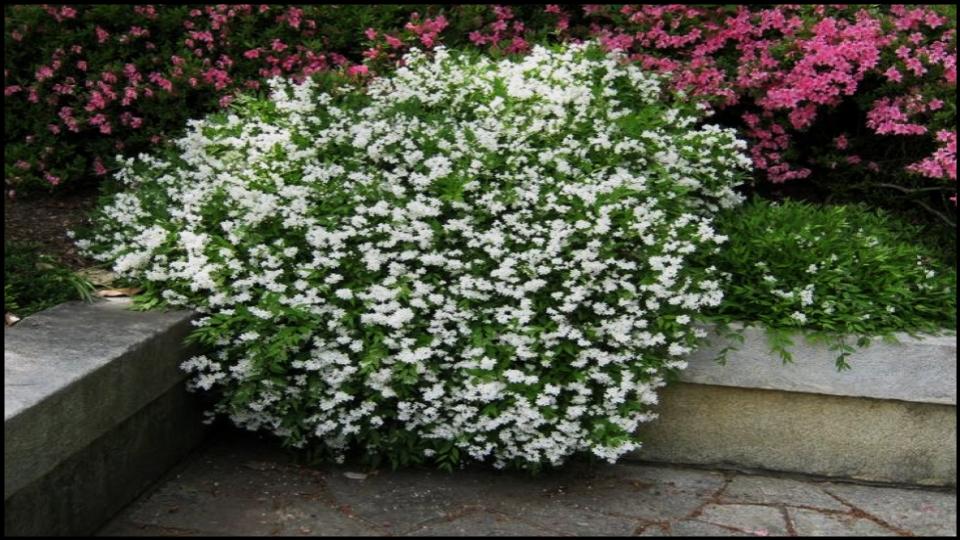
Like its spring-blooming cousins, deutzia produces these flowers on last year’s growth. Any significant pruning from now until next spring will prevent it from flowering. Don’t let your desire for neatness rob you of this understated beauty.
- When to Prune: Give it a light trim just after it finishes blooming.
- How to Prune: Deutzia requires minimal pruning. The main goal is to maintain its natural, fountain-like habit. Simply remove any dead or weak stems and cut back the shoots that have just flowered to a point where new, strong growth is emerging.
TOOLS AND MATERIALS BOX
Your Essential Pruning Kit
Having the right tools makes any pruning task cleaner and healthier for the plant.
- Bypass Pruners: Your go-to for cutting stems up to a half-inch thick. The two curved blades pass each other like scissors for a clean cut. Pro Tip: Always keep the blades sharp and sterilize them with rubbing alcohol between plants to prevent spreading disease.
- Bypass Loppers: These are essentially long-handled pruners for cutting branches up to 1.5 inches thick, giving you leverage for thicker, older wood.
- Pruning Saw: For any branches thicker than 1.5 inches, a small, curved pruning saw is essential for making clean cuts without damaging the plant.
The Beauty of Patient Gardening
The garden teaches us many lessons, and one of the most valuable is patience. Resisting the urge to prune these six shrubs right now is an act of faith in the seasons and a partnership with your plants. By understanding their simple needs and respecting their natural cycles, you are not just avoiding a common mistake; you are actively cultivating a more beautiful and floriferous garden for the future. So, hang up your shears for a little while. Your reward will be a garden that greets you next spring with the spectacular, colorful celebration you’ve been dreaming of.
Read More
6 Gorgeous Flowering Trees That Could Ruin Your Yard, Experts Warn
